Inorganic Coatings:
These coatings are also known as nonmetallic coatings. These mainly include-
(1) Chemical Conversion Coatings- These coatings are produced by covering the surface of a metal or alloy by chemical or electrochemical methods. These coatings afford protection from corrosion, sometimes are of decorative value, and sometimes serve as excellent bases for the application of paints, enamels, etc. Examples are phosphate coatings, chromate coatings, and oxide coatings.
- Phosphate coatings are produced by a chemical reaction of base metal with an aqueous solution of phosphoric acid and phosphate. They are applied frequently to iron, steel, and zinc. They do not provide complete protection.
- Chromate coatings are produced by immersion of the article in a bath of acidic potassium chromate followed by immersion in a bath of neutral chromate solution. These coatings are frequently used for the protection of Zn, Cd, Al, and Mg. Chromate coatings are more corrosion-resistant than phosphate coatings.
- Oxide coatings are obtained by treating the base metal with an alkaline oxidizing solution or gas. It increases the thickness of the original oxide film on the metal, therefore increasing its resistance. Example- oxide coatings on steel.
(2) Anodized Coatings- These coatings are generally produced on non-ferrous metals like Al, Zn, Mg, and their alloys by anodic oxidation process, in which the base metal is made as anode.
It is obtained by passing direct current through a bath in which the metal or alloy is suspended from the anode. The bath usually contains sulfuric acid, phosphoric acid, or oxalic acid. After anodizing, the minute pores of oxide coatings are made more corrosion resistant by the process of ‘sealing’ in which oxide film is exposed to boiling water. As the anodized coatings are somewhat thicker than natural oxide films, so they possess improved resistance to corrosion.
(3) Vitreous Enamel Coatings- These coatings are modified glass-like materials having different compositions which are usually applied on steel and cast iron equipment. Before enameling, metal is first cleaned. For the enamel, the vitreous material is called frit. Frit is prepared by fusing together refractory acidic substances such as quartz and feldspar with base fluxes such as borax, soda ash, etc. The frit is applied to the metal by either a wet or dry process.
These coatings are widely applied for ferrous material used for equipment in the pharmaceutical, chemical, dairy food, and beverages industries. Enameled steel is used for refrigerators, stoves kitchen utensils, etc. Enameled cast iron is widely used for bathtubs, sanitary wares, pans, etc.
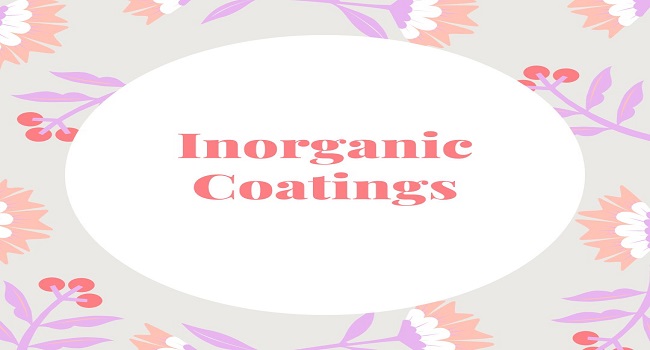

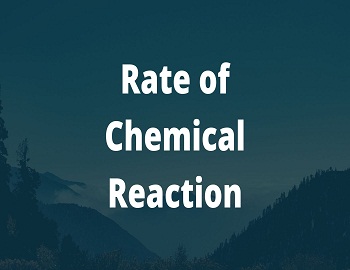
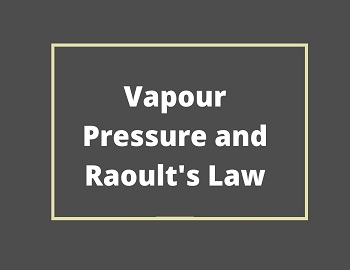
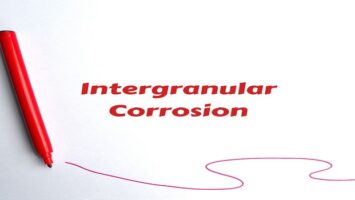
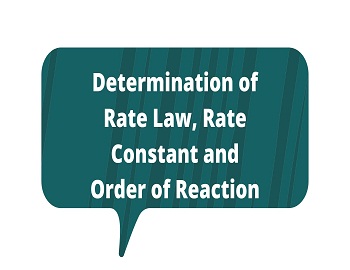
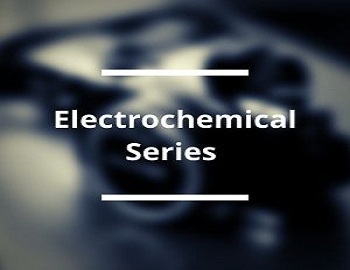
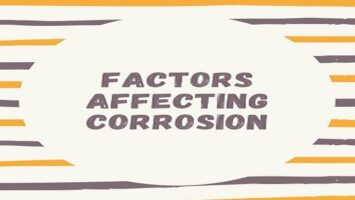
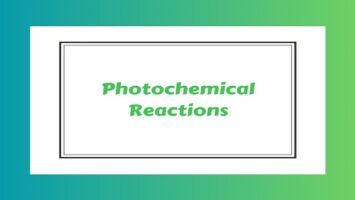
Comments (No)